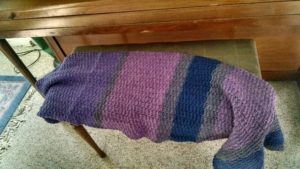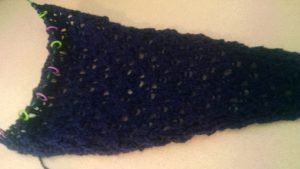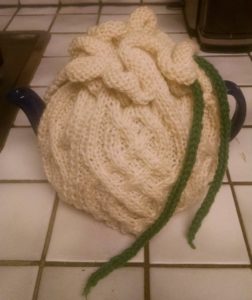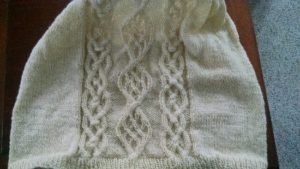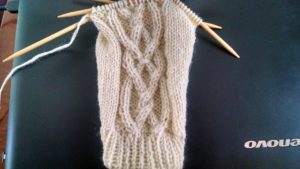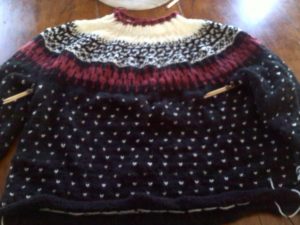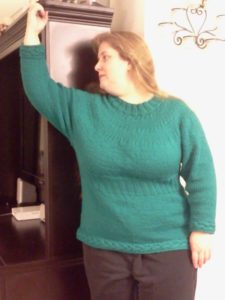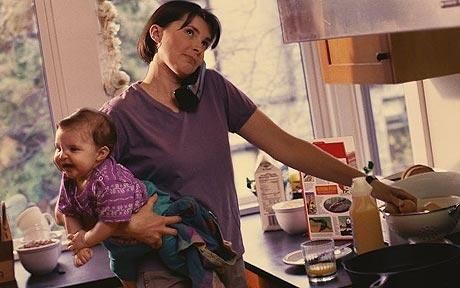 Think of a 45 year old man playing a video game.
Think of a 45 year old man playing a video game.
Do you have a specific image in mind? If you, yourself are not particularly into video games, you might have a specific image of someone who is not particularly successful in life. If he has a job or family, he’s probably not very successful in either activity.
Right?
Gamers know the answer to this one. Wrong! Wrong! Wrong!
Here’s a dirty little secret about gaming. If you pick the right games, you’re training your brain to think along certain pathways.
I first encountered this phenomenon when I was playing Sid Meyer’s Civilization II. The premise of the game is to build a civilization from the Mud Hut stage to Space Flight. Think of developing technology. Think of how the terrain and available resources effect that. (Can’t make steel without carbon and iron, right?)
I mean, if you have a decent education, you already know it. You’ve been exposed to that fact. But chances are very good unless you’re involved in making metal objects you haven’t used that random knowledge, so it’s not something you’ll immediately think of as part of an intuitive process.
So what? I hear you asking.
Well… Knowledge isn’t useful unless you have the habit of accessing it outside of its acquisition environment. In human speech, learning Stop Drop and Roll in first grade doesn’t do much unless you’re going to remember that if you see someone catch fire at a picnic or something.
If you use something in a game, your mental pathways retain that.
I self-published a fantasy novel some years ago. When people gave feedback on it and were trying to be nice, the one common thread was how realistically the world worked. When I was doing the development work on it, a partner of mine at the time saw me swearing over a map I was drawing and suggested, “Play Civ.”
He was quite right. It worked very well, and having the many, many hours I spent playing that game opening the neural pathways to the integration of terrain and politics did, indeed, help me build a world that worked realistically and drove political conflict very logically. (Not that I can plot for crap, but that’s neither here nor there.)
It doesn’t just help creative work, though.
I work at a help desk. I was getting in early, so I was often the only person there to help someone to pick up a computer. Now, if it’s a laptop in a public area that isn’t locked down, we do have a cable lock on those computers. In reality, all I needed to do was hand this person a computer. But it was locked, and I didn’t know which key was the laptop lock. I could have tried individual keys from a ring I had access to. I would have gotten to the appropriate one easily enough, albeit with some fumbling.
But what I did, and this is because I had been playing a game called The Room, was look at the shape of the lock and then at the shape of the keys on the keyring. Got the key right away, first try. The customer had no idea that I had no idea which key to use or how to unlock her computer.
Trivial? Sure.
But to me it was illustrative of the value of video games and how they integrate the kinetic aspects of learning with the purely informational. It’s also why I hate lecture-based classes over hands-on classes for things that will ultimately have a kinetic component.

